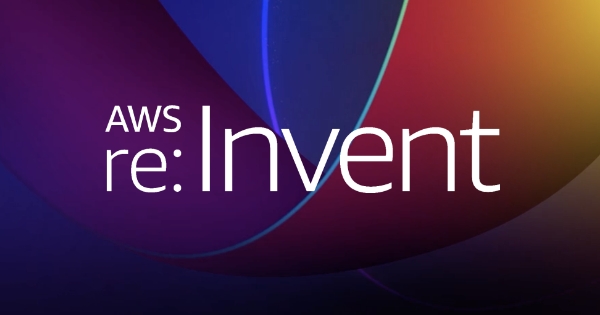Will Blockchain Technology Save the World?
The Internet is a fantastic protocol that has lead the way to the advent of the Web, emails, mobile applications, etc. But a new platform is rising! Blockchain technology, better known as the technology behind the digital currency that has been making the news for a few months: the bitcoin. Not only are bitcoins and other cryptocurrencies secure and independent from centralised agencies, but they also foster great hopes of transparency and responsible citizenship on a global scale. And agencies could benefit greatly from the vast potential this technology offers.

If you just came back from a two-year spiritual retreat under a rock with no Internet connection, here’s a quick update: Donald Trump is the 45th US President, and bitcoin is a worldwide cryptocurrency (and digital payment system), the value of which has risen from $985.56 in early January 2017 to $8,179.22 at the time this article was published (November the 21st, 2017).
Decentralised transparent ledgers FTW
Bitcoins, among many others, rely on blockchains, which are secure by design and inherently resistant to modification thanks to their distributed nature. To summarise the concept, let’s say that both decentralisation and transparency of the ledger make its blocks virtually impervious to counterfeiting: this prevents cheating but also ensures the integrity of the whole chain, as each block contains a link to the previous one. Ethereum is another example of popular blockchain-based, distributed ledger running smart contracts (scripts facilitating currency, goods, and services exchange).
Blockchain technology has thus led to the creation of over a thousand other cryptocurrencies that all have very different applications. But the common thread that deserves to catch the public attention is the distributed nature of the technology: it lies in the hands of users, not in the hand of companies or governments. And the technology has matured enough to allow creating applications that offer the general public tangible added value.

A few examples
Let us go through a few examples of other blockchain-based applications to highlight how this technology will change our lives.
Golem is a global, decentralised open source platform allowing any software to be run on a virtual supercomputer. This is made possible by all the users who agree to lend some of their computer’s processing power to a project, in exchange for units of the Golem cryptocurrency. Anyone could thus envision projects necessitating huge computing powers without having to pay extravagant sums of money to rent supercomputers.
Aragon is a database offering companies a secure way to stock their business contracts. This type of database is called a Digital Jurisdiction and will hopefully replace the outdated, state-based ledgers used today (which are neither transparent nor immune to corruption).
Steem is a social network where content producers and curators are paid for their contribution to the platform. This concept ensures all participants get their fair share of the money generated on the platform.
Titcoin (no, really!) is a cryptocurrency used in the adult and porn industry, guaranteeing consumer privacy. In some countries, it can be very dangerous to consume porn, but the anonymity of this payment method should seduce porn users everywhere.
‘Brands, big and small, will soon have their own currency, used on their e-commerce applications, linked to loyalty and coupon offers, and incentivised in a highly gamified manner.’
What about agencies?
Of course, these are just a few of the countless applications of this technology. But what about digital agencies? How can we benefit from the blockchain technology and use it to create better user experiences for our clients’ users?
Let me begin by pointing out that some applications of the technology already benefit agencies. Big time. AdEx, for instance, is a fully transparent, distributed network of ads exchange. It allows agencies to not ‘just’ trust real-time bidding companies when they invoice unverifiable numbers regarding impressions: the transparent reports ensure a more open and honest business relationship.

Blockchain: the Breaker of Chains?
But we can also envision a whole new range of transactional applications that can lead to new kinds of user experiences. Or ones that let us imagine completely new business models. Brands, big and small, will soon have their own currency, used on their e-commerce applications, linked to loyalty and coupon offers, and incentivised in a highly gamified manner. User loyalty will be rewarded anywhere a flagship store exists; brands will be able to turn users into steadfast supporters or ambassadors as long as they offer great user experiences, good products or services, and reward loyalty fairly. They will also be able to capitalise on durability or ethics thanks to the transparent way of making business that will become standard in most industries.
Blockchain technology can not only boost the creativity of agencies, but can also lead to a fairer, more durable and transparent notion of business altogether: users will demand higher standards of service and production since transparency will become a key factor in their choice of brands. And user experience will become an increasingly bigger part of the whole user journey… I doubt John Lennon was thinking about digital marketing when he wrote Power to the People.




